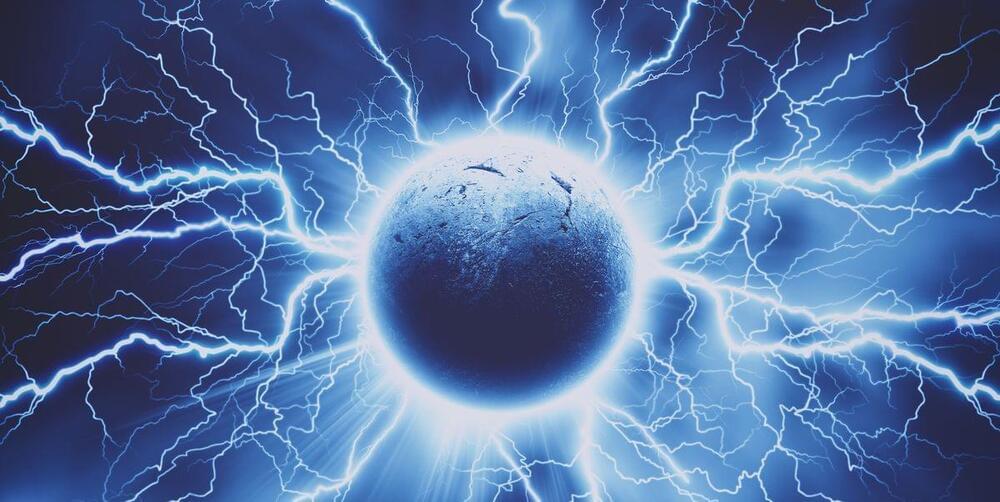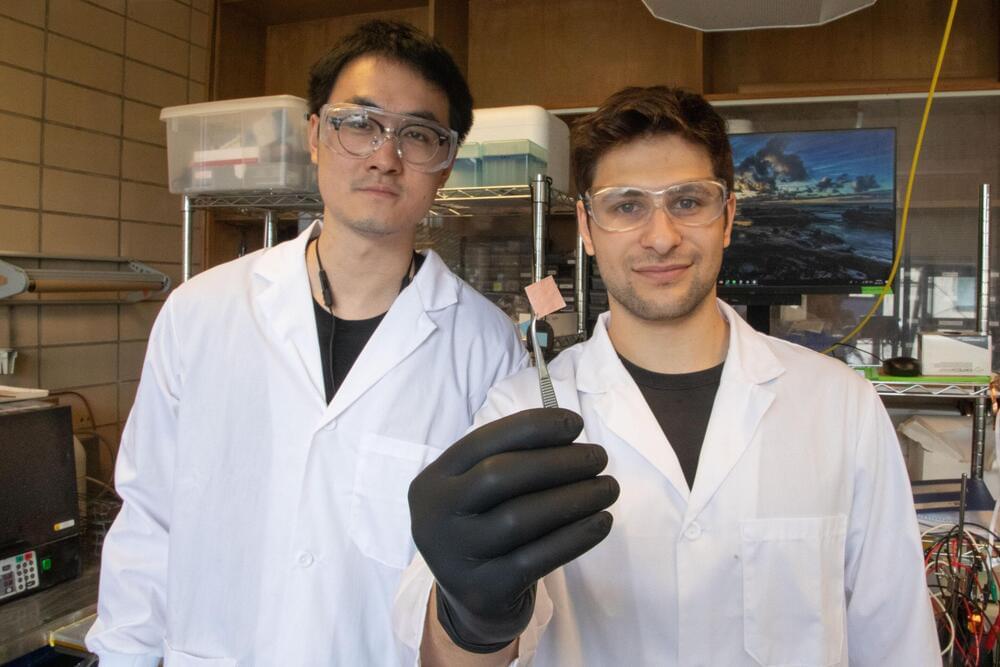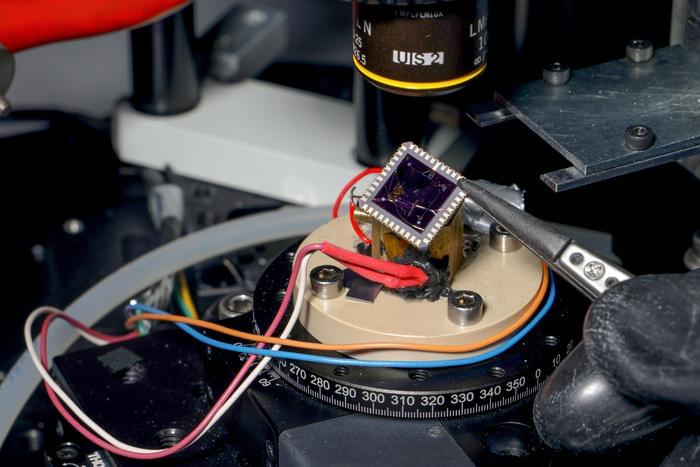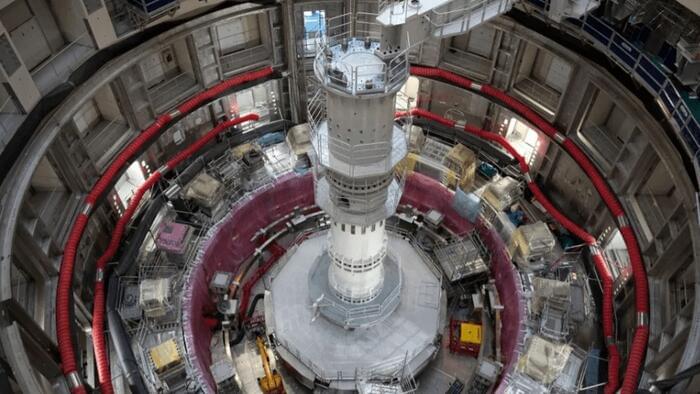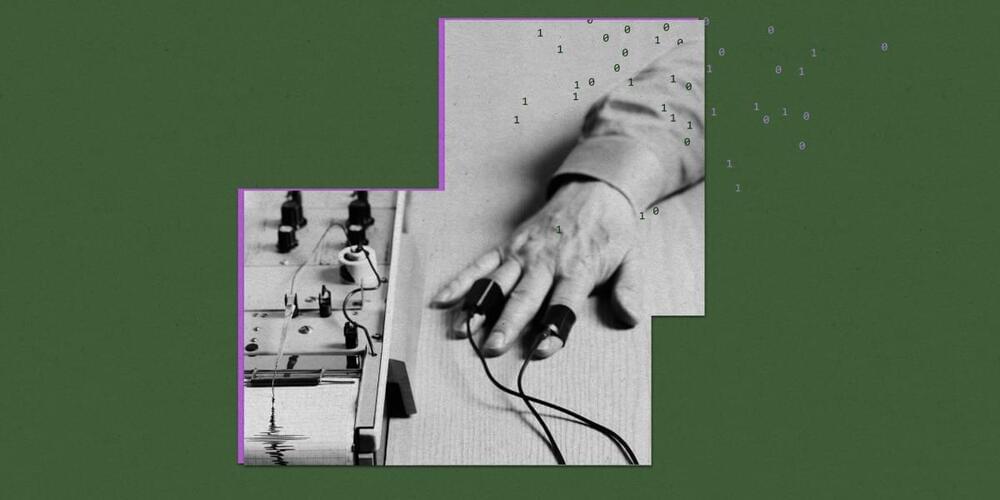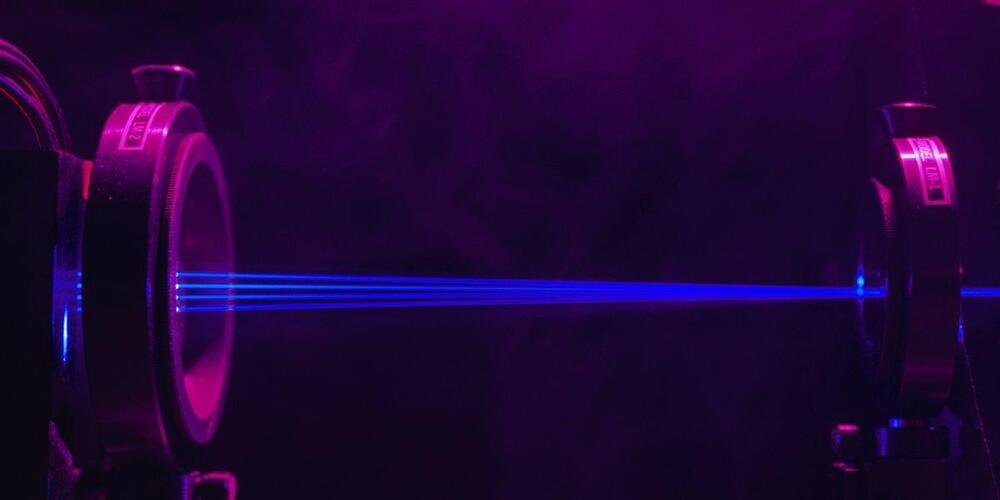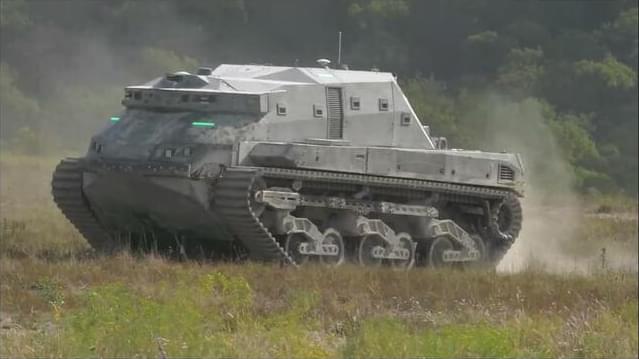The bold experiment may finally uncover the elusive stuff that makes up 95 percent of the universe.
A newly designed catalyst created by University of Toronto Engineering researchers efficiently converts captured carbon into valuable products—even in the presence of a contaminant that degrades the performance of current versions.
The discovery is an important step toward more economically favorable techniques for carbon capture and storage that could be added on to existing industrial processes.
“Today, we have more and better options for low-carbon electricity generation than ever before,” says Professor David Sinton, senior author on a paper published in Nature Energy that describes the new catalyst.
PRESS RELEASE — To perform quantum computations, quantum bits (qubits) must be cooled down to temperatures in the millikelvin range (close to-273 Celsius), to slow down atomic motion and minimize noise. However, the electronics used to manage these quantum circuits generate heat, which is difficult to remove at such low temperatures. Most current technologies must therefore separate quantum circuits from their electronic components, causing noise and inefficiencies that hinder the realization of larger quantum systems beyond the lab.
Researchers in EPFL’s Laboratory of Nanoscale Electronics and Structures (LANES), led by Andras Kis, in the School of Engineering have now fabricated a device that not only operates at extremely low temperatures, but does so with efficiency comparable to current technologies at room temperature.
Scientist says the material has a reflectivity of 104% in the visible region which is obtained by the photoluminescence effect.
Synthesizer symphony whilst travelling to far out places along the rickety wooden bridge between worlds. http://vevo.ly/ZCg3ZH
With bodies that move and hands that wave, deepfakes just got a whole lot more realistic.
Robotic Autonomy in Complex Environments with Resiliency (RACER) program successfully tested autonomous movement on a new, much larger fleet vehicle – a significant step in scaling up the adaptability and capability of the underlying RACER algorithms.
The RACER Heavy Platform (RHP) vehicles are 12-ton, 20-foot-long, skid-steer tracked vehicles – similar in size to forthcoming robotic and optionally manned combat/fighting vehicles. The RHPs complement the 2-ton, 11-foot-long, Ackermann-steered, wheeled RACER Fleet Vehicles (RFVs) already in use.
“Having two radically different types of vehicles helps us advance towards RACER’s goal of platform agnostic autonomy in complex, mission-relevant off-road environments that are significantly more unpredictable than on-road conditions,” said Stuart Young, RACER program manager.
